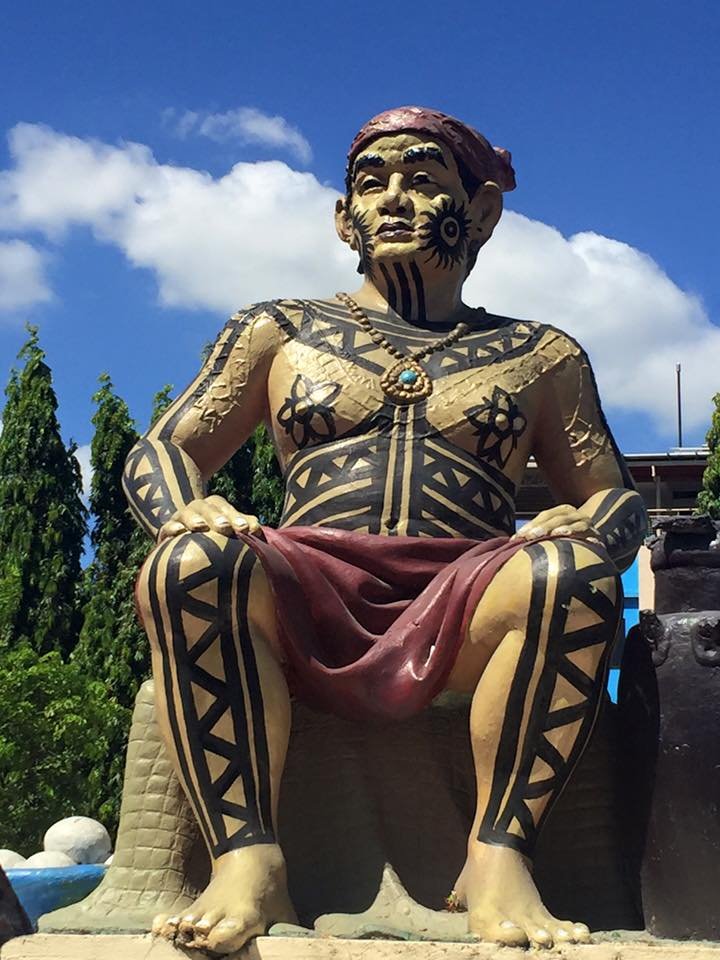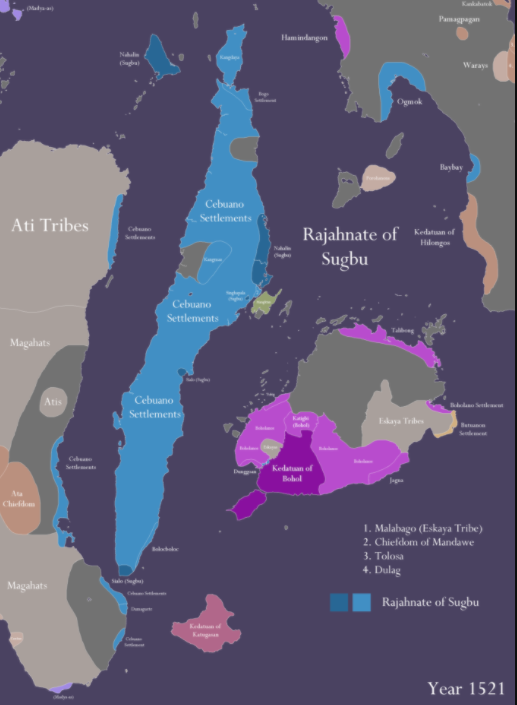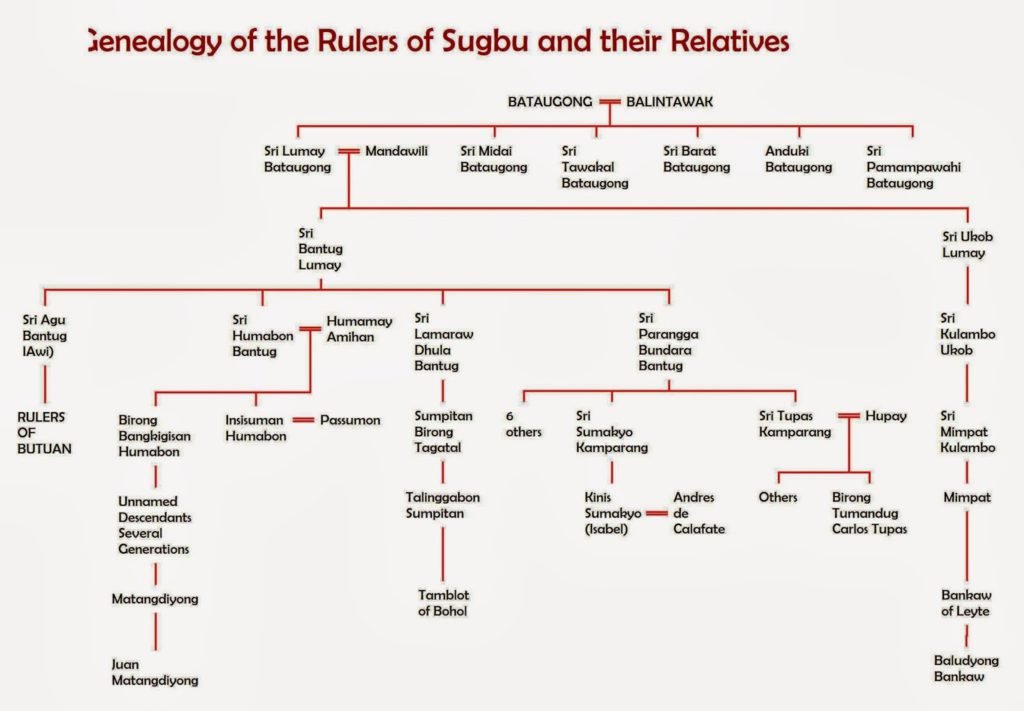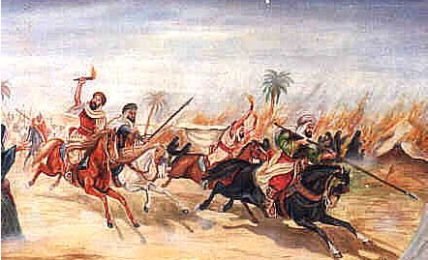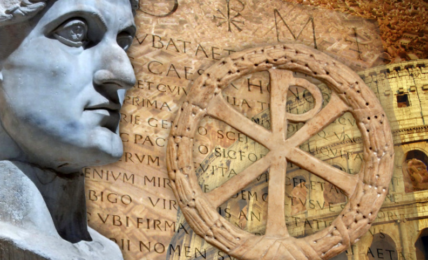Singhapala – The Indian Kingdom in Philippines
Singhapala or Sugbo was a short-lived kingdom in Philippines which was formed two generations before the start of Spanish Conquest. Centred around Visaya Islands, this kingdom flourished through trade but had a rough career, first due to Moro slave raids and then due to the Spanish attacks. Not much is known about it and almost no traces of it's cultural heritage exist.
